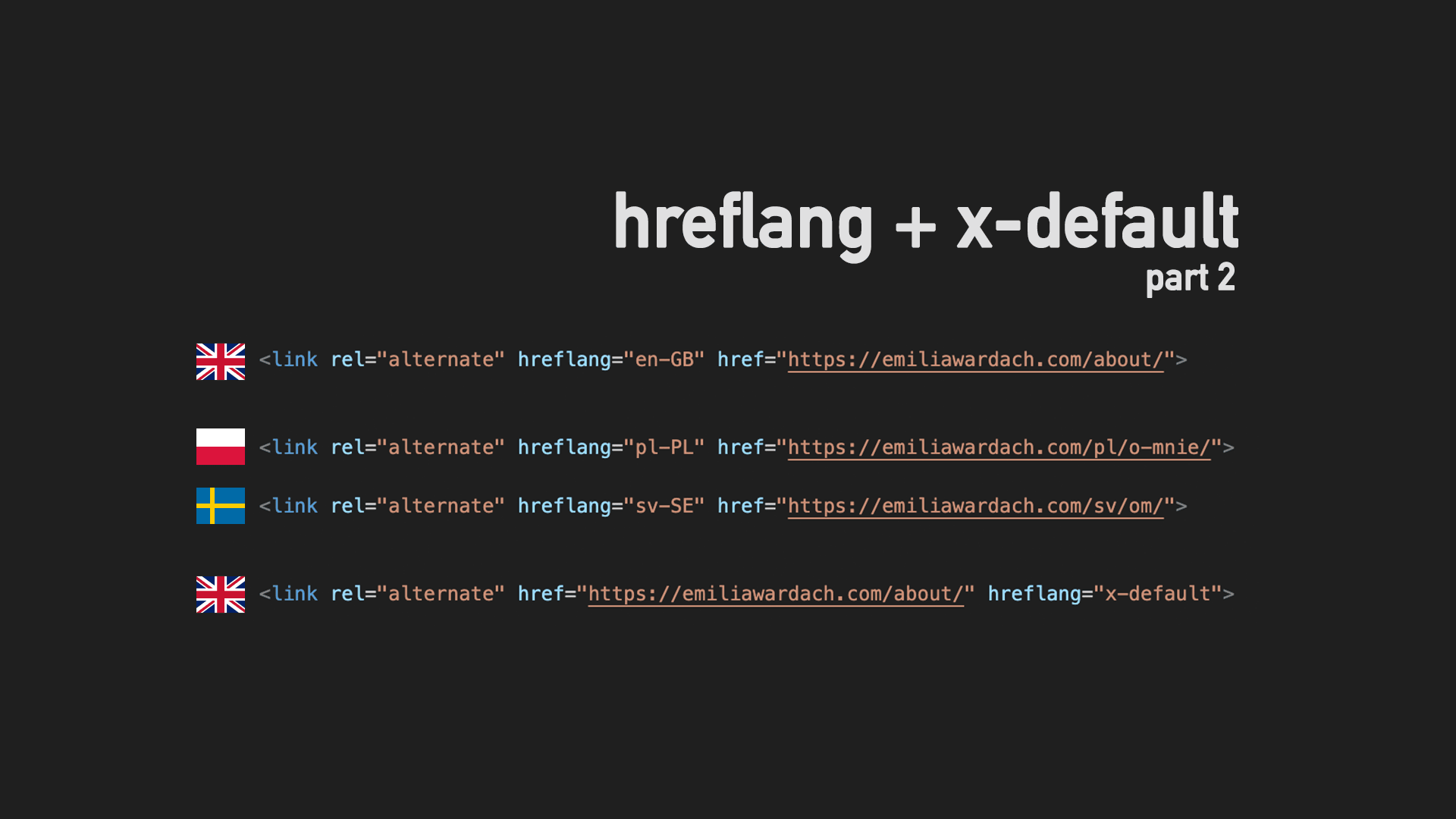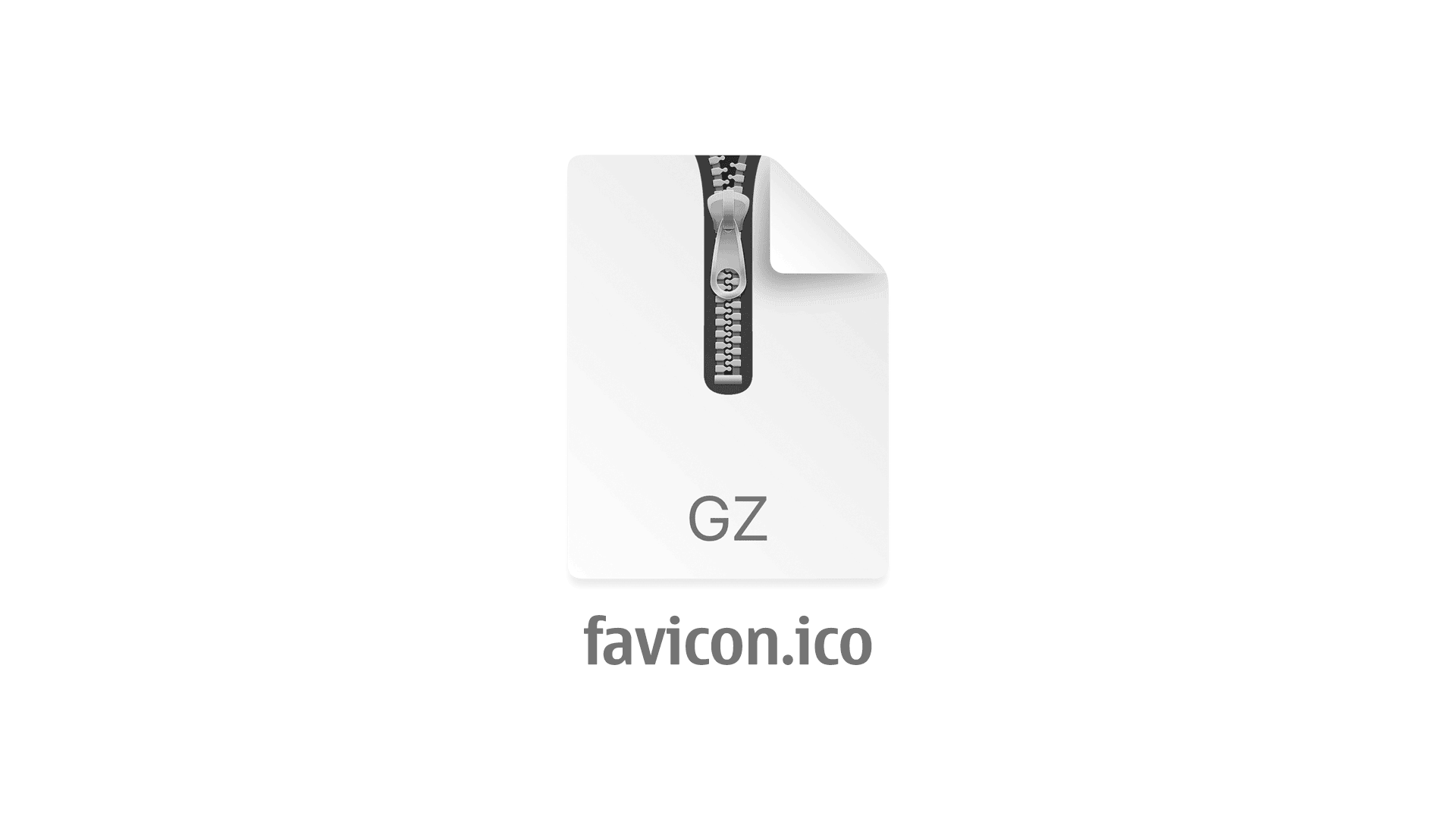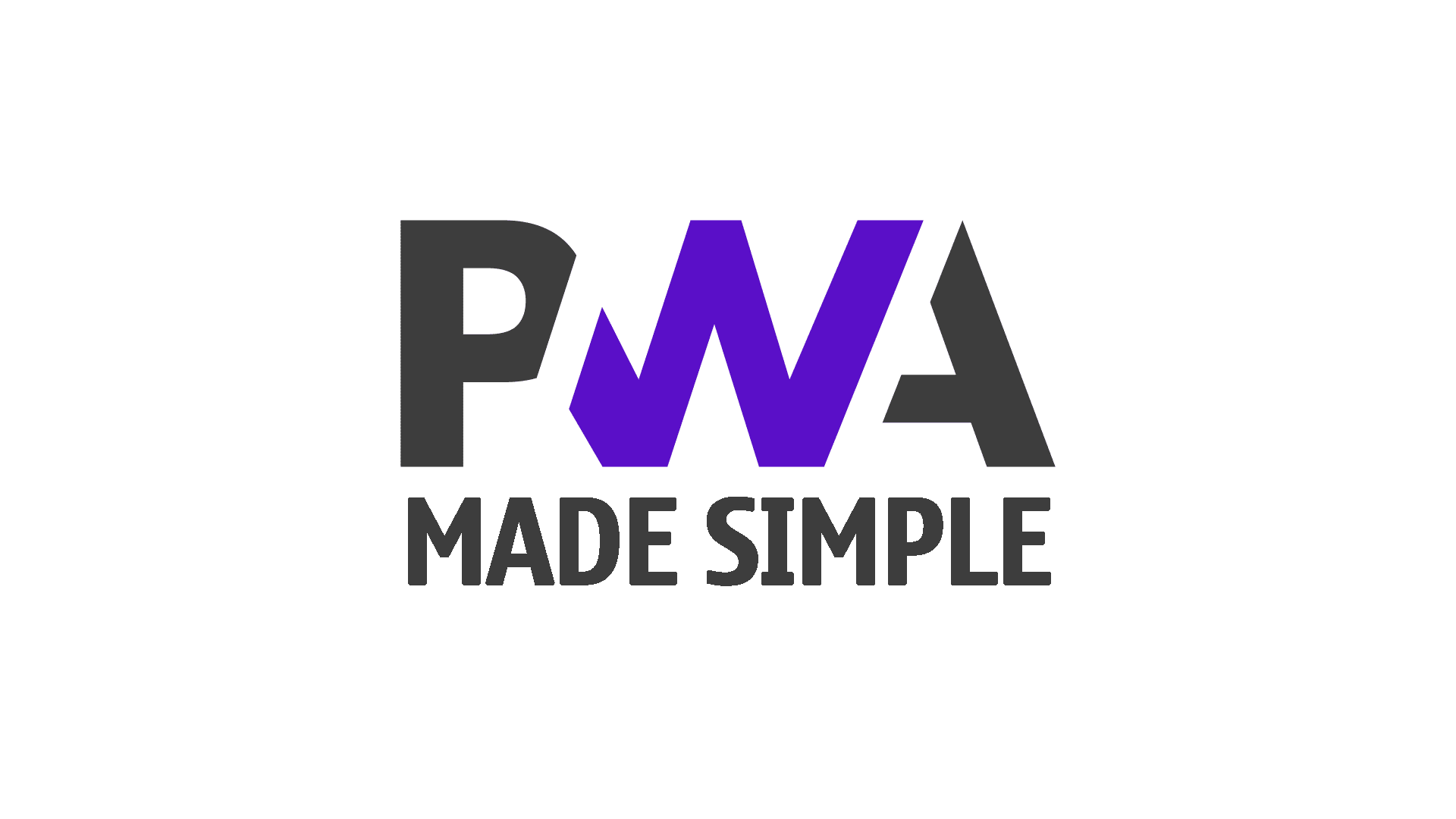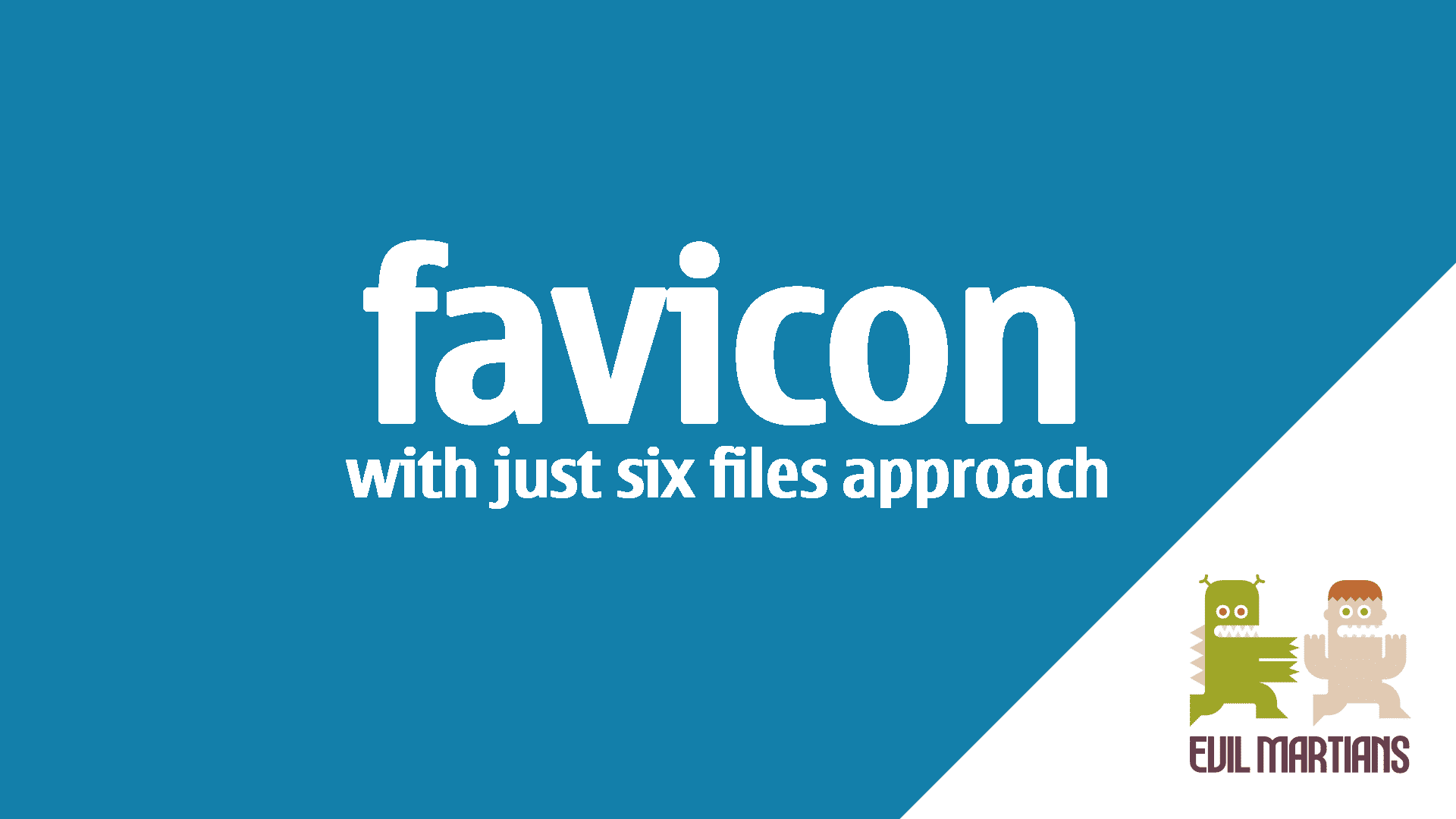
In the past, I have been exploring various ways to increase the reach of my website and other websites that I am working with, which are publishing content regularly.
I have explored a way of publishing my content in Bing News, which was typically faced with rejection without any explanation. My last attempt on this matter was in July 2024, after which I decided not to bother anymore. Overall, this option was deprecated shortly after.
From time to time, my site is landing in Bing Jail for no reason. With my involvement in the past, I escaped from Bing Jail, but from time to time, I am serving a sentence again and again.
The most recent Bing Jail for my site happened shortly after 2nd October 2025 and lasted until 17th December 2025, when I started seeing a slow recovery without me doing anything in that matter. This nonsense that is going on with Bing prevents me from recommending search engines other than Google, such as DuckDuckGo, which relies heavily on Bing. Microsoft needs to sort out its nonsense if it ever wants to come closer to Google. In the current age of AI, I don’t think that will ever happen.
At some point, I explored publishing my content in Google News until Google decided to kill it as well.
Right now, popularity is gaining for another Google solution: adding websites as preferred sources of information in Search.









